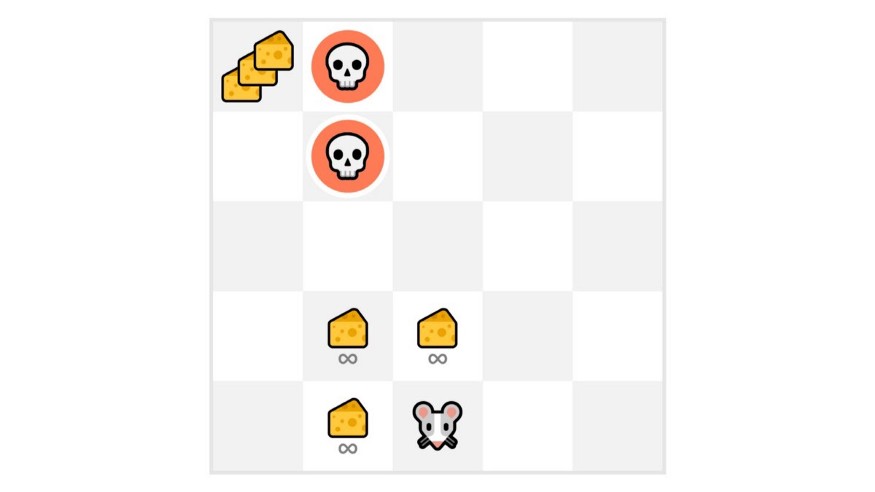Reward¶
A reward
is a scalar feedback signal. Often,
or
.
Indicates how well agent is doing at step
.
The agent’s job is to maximize cumulative reward.
Reinforcement Learning is based on the reward hypothesis
Reward Hypothesis
All goals can be described by the maximisation of expected cumulative reward.
Our goal is to sequentially perform actions which maximize expected cumulative reward.
However,
Any action may have long-term consequences.
Reward may be delayed.
It may be better to sacrifice immediate reward to gain greater long-term reward.

Fig. 10 Short-term vs Long-term reward trade-off¶
Examples:
A financial investment (may take months to mature).
Refueling a helicopter (may prevent future crash).
Blocking opponent moves in chess (may improve chances of winning).
Note
A RL agent’s learning process is heavily linked with the reward distribution over time, however, there is no predefined way on how to design the best reward function.
Tip: Be careful what you wish for, for you might get it
The reward function learns towards a policy it was asked for, not what should have been asked for nor what was intended.
Discounted return¶
Discounted return () is the cumulative reward defined as follows
Discount rate
Larger
Smaller discount. Agent cares more about long-term reward.
Smaller
Larger discount. Agent cares more about short-term reward.
Task-dependent discounting¶
Episodic Task:
Tasks that have a terminal state.
Problem naturally breaks into episodes.
The return becomes a finite sum.
Continuing Task:
Tasks that have no terminal state but can go on infinitely until stopped.
Problem lacks a natural end.
The return should be discounted to prevent absurdly large numbers.
Two ways of calculating return¶
- Batch Learning
\[G_t = \sum_{i = 0}^{\infty} \gamma^i \cdot R_{t+i+1}\]
- Online Learning
\[G_{t} = R_{t+1} + G_{t+1}\]
